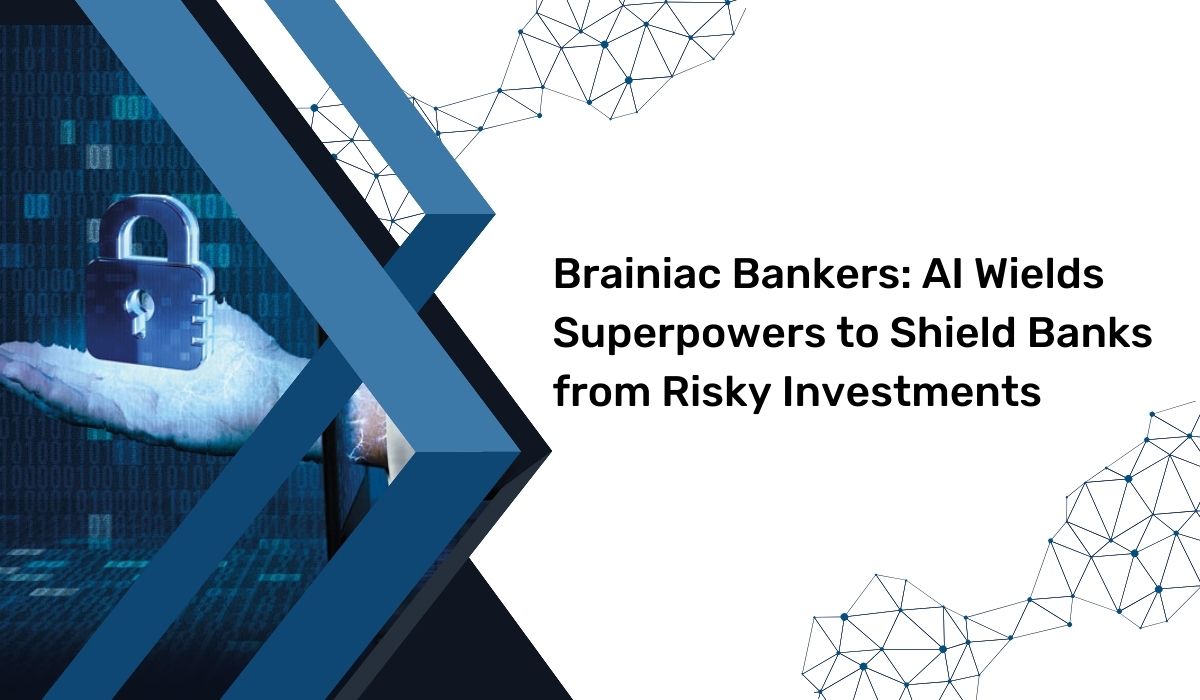
Artificial intelligence (AI) has long been hailed as a panacea for intricate modeling challenges, and its potential application to managing risks associated with complex investment products, particularly derivative contracts, has been a subject of extensive exploration in the investment banking realm. However, a recent study published in The Journal of Finance and Data Science, conducted by a collaborative team from Switzerland and the U.S., delves into the practical applicability of reinforcement learning (RL) agents in hedging derivative contracts, addressing lingering concerns about their efficacy.Lead researcher Loris Cannelli, affiliated with IDSIA in Switzerland, highlights the critical aspect of training AI on simulated market data and its consequential performance on markets reflective of the simulation. The study underscores the extravagant data consumption inherent in many AI systems and prompts a nuanced examination of their real-world implications.One notable challenge in training AI models for derivative markets is the scarcity of relevant data.
The study contends that assumptions about an accurate market simulator become necessary for effective training, introducing a classic financial engineering dilemma related to model selection and calibration. Cannelli argues that achieving a truly model-free AI approach is elusive due to the insufficient availability of market data for training, a prevalent issue in realistic derivative markets.In a collaborative effort between IDSIA and UBS investment bank, the study adopts Deep Contextual Bandits, a well-established RL technique recognized for its data efficiency and robustness. Uniquely tailored to mirror operational realities in real-world investment firms, the model integrates end-of-day reporting requirements and boasts significantly reduced training data needs compared to traditional models, demonstrating adaptability to dynamic market conditions.
Senior author Oleg Szehr, formerly associated with multiple investment banks, emphasizes the significance of practical considerations in banking operations. He asserts that data availability and operational constraints, such as end-of-day risk reporting obligations, guide the actual implementation of AI strategies in banks, shifting the focus from ideal agent training to real-world exigencies.Despite its simplicity, the newly developed model undergoes rigorous performance assessments, showcasing its superiority over benchmark systems in terms of efficiency, adaptability, and accuracy under realistic conditions. Cannelli aptly summarizes the findings, noting that in the realm of risk management, the adage "less is more" holds true, highlighting the pragmatic implications of their innovative approach for investment firm